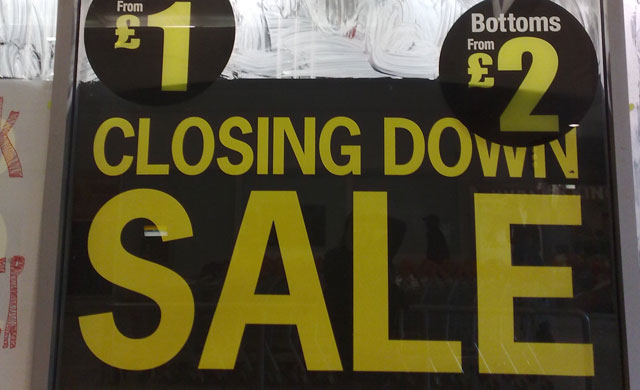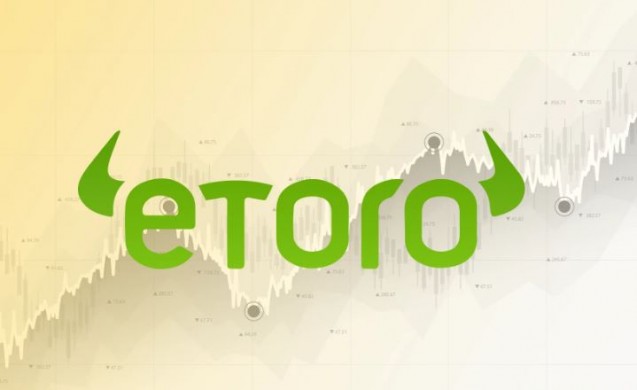In today’s Financial Times Mohamed El-Erian agues that there is far too much optimism regarding the effect of the coronavirus on both western economies and financial markets.

He points at the talked about V-shaped recovery, in which the first quarter of the year is down but there is a quick recovery April-July, which is now no longer seen as being on the cards by most economists and market participants.
“That has shifted to a big contraction in the second quarter followed by a more gradual recovery in the subsequent three: a pattern more consistent with the sudden stop to global activity.”
But even this shift in perception is too optimistic, underestimating the severity of the virus-driven shutdown of the global economy.
After the shutdown there will only be a “messy restart process, and consequent changes to the post-crisis landscape.”
Large companies are so lacking in visibility on what lies ahead that they are refusing to provide guidance on earnings.
While some companies have raised money by selling shares, drawing down bank facilities or issuing bond, many more have “raced to reduce costs with large-scale layoffs, resulting in a 17m jump in [US] joblessness in just three weeks. That is equivalent to 10 per cent of the US labour force, equal to the highest unemployment rate during the great recession of 2008-09.”
There is already an enormous change in attitude of ordinary folk: “This alarming rise in unemployment, and wage cuts for those still employed, are encouraging households to be more cautious on spending. It is not too early to consider a parallel with lasting frugal behaviour on the part of the generation that experienced the Great Depression.”
Many economic forecasts have failed to keep pace: “failing to appreciate fully the impact of the shock and the reactions of both companies and households.”
And “Financial markets are too bullish too, judging by US price-earnings ratios for stocks and spreads [extra interest they pay above what relatively safe borrowers pay] for the lowest quality segments of the credit markets. Neither takes sufficient account of a whole host of risks including a more difficult earnings outlook, higher levels of indebtedness, a much bigger dispersion between winners and losers, the growing entanglement of government in private sector activities, lasting risk aversion in the real economy and, most importantly, a huge amount of bankruptcies.”
Thus the psychology of ordinary folk and Wall Streeters has diverged. Traders still believe in the Fed and the government to overcome all the headwinds – after all, previous stock market falls over the last dec
………………To read more subscribe to my premium newsletter Deep Value Shares – click here http://newsletters.advfn.com/deepvalueshares/subscribe-1


 Hot Features
Hot Features












